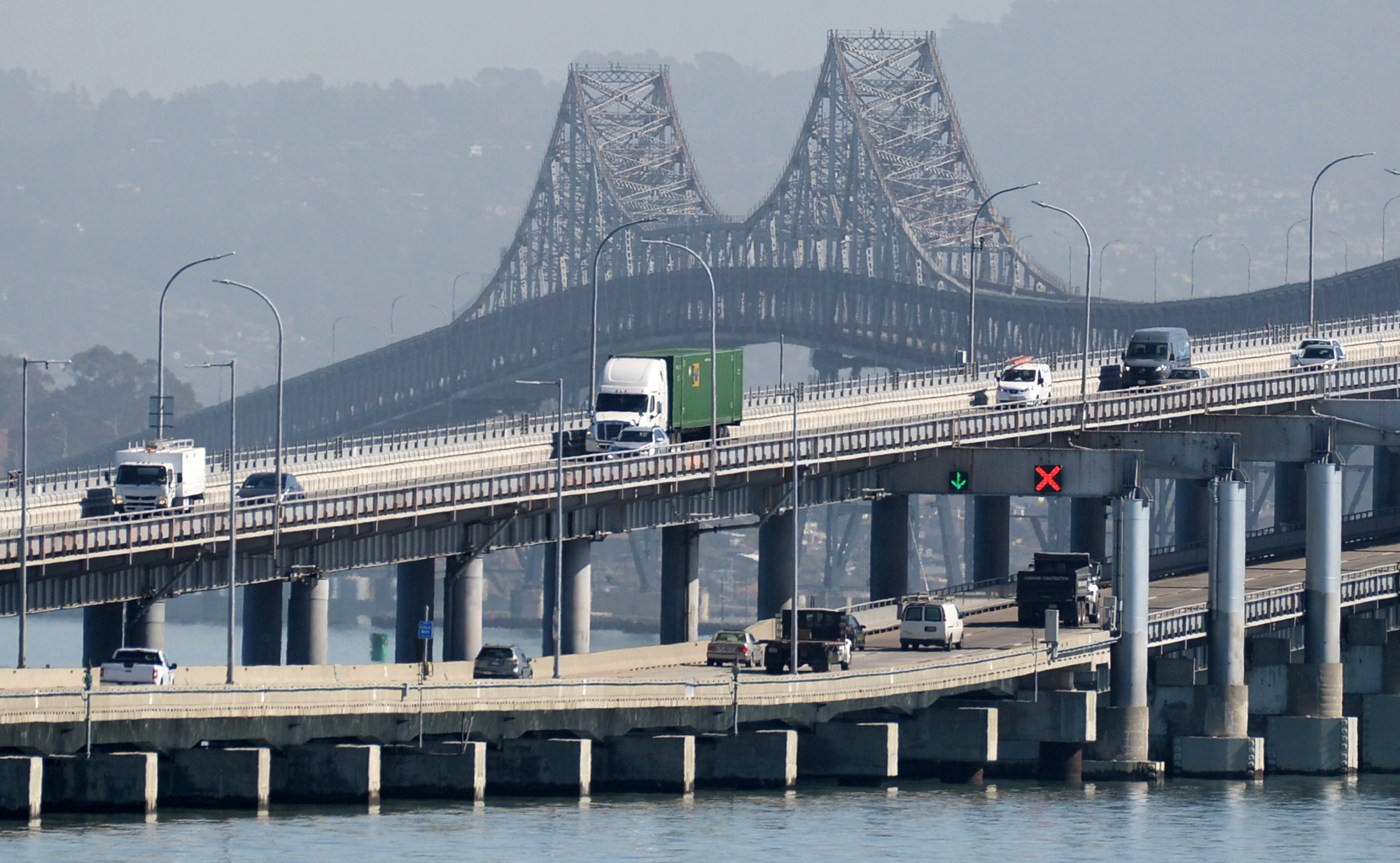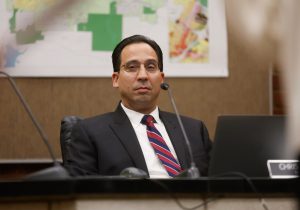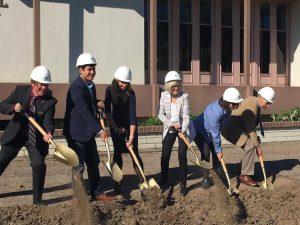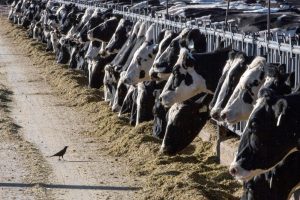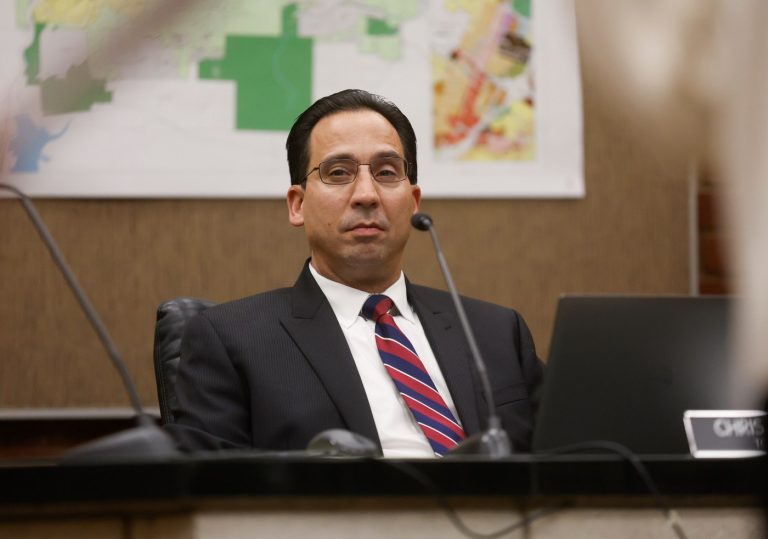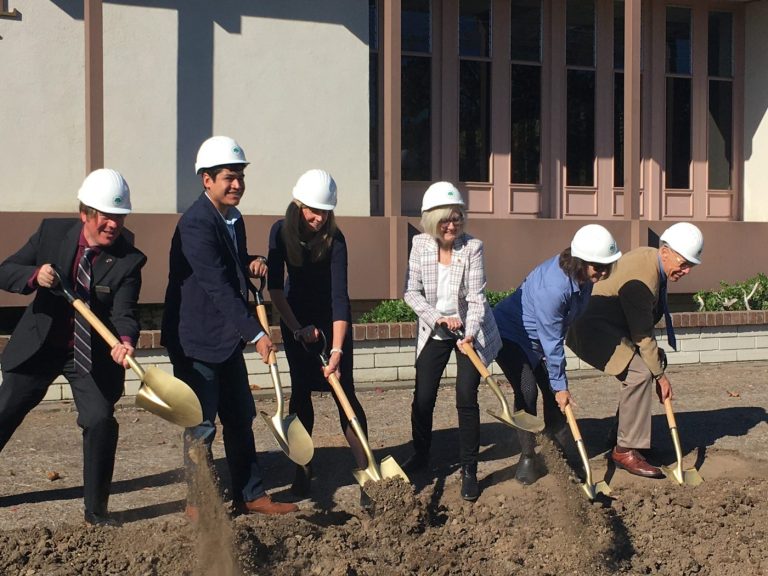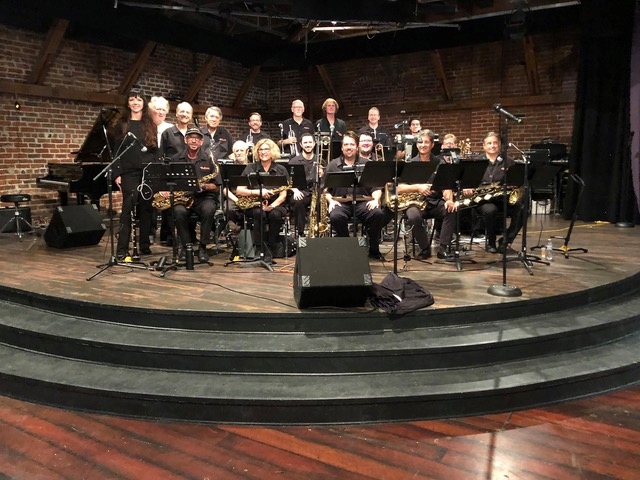The Bay Area Toll Authority approved new toll increases for Bay Area bridges on Wednesday, tacking on new charges for 2026 — despite an increase already set to start in 2025, as well as commissioners’ concerns about budget transparency, and resistance from the public.
The tolls already set to increase on the first day of 2025, approved by voters as part of Regional Measure 3 in 2018, will go from $7 to $8 for two-axle cars and trucks and motorcycles driving across any of the seven bridges in the Bay Area. Drivers of vehicles with three or more axles will also see their tolls increase by a dollar.
The increases approved Wednesday would mean that bridge tolls for double-axle vehicles will increase by 50 cents annually from 2026 to 2030.
This means drivers of two-axle vehicles or motorcycles in 2030 will have to pay $10.50 for their commute across the Antioch, Benicia-Martinez, Carquinez, Dumbarton, Richmond-San Rafael, San Mateo-Hayward or San Francisco-Oakland Bay bridges. The Golden Gate Bridge, connecting San Francisco and Marin County, operates its own toll schedule.
Most commissioners of the Toll Authority, who are also members of the Metropolitan Transportation Commission, approved the resolution, with just one abstention from Alameda Mayor Marilyn Ezzy Ashcraft.
Drivers of vehicles with three or more axles will also see prices increase: In 2026, they will pay $19.50, an increase of $1.50 from the $18 they are expected to pay in 2025, with increases of $2 for four-axle vehicles, $2.50 for five-axle vehicles, $3 for six-axle vehicles. An additional $3.50 will be charged for vehicles of seven or more axles, bringing their total fare to a whopping $41.50. Tolls for those vehicles will increase at their respective rates yearly until 2030.
Andrew Fremier, executive director of the commission, said the revenue earned from the toll increases will help maintain the bridges and minimize annual financial burdens.
“While this toll increase proposal will provide significant additional financial resources, it will not restore revenue to pre-pandemic levels,” Fremier said. “Therefore, staff and the board must continue to make critical decisions about the allocation of these resources, ensuring we maximize the value of every dollar spent.”
Several commissioners expressed concern over the lack of transparency about whether the increase is necessary to meet bond obligations and transportation improvements, citing a column published this week by this news organization. The column noted that commission had been taking out bonds to pay for its capital improvement projects and bridge maintenance while also increasing the bridge tolls and asserted that it was misleading to increase tolls for specific projects that voters approved then use the money to pay back the debt accrued from the borrowing.
San Jose Mayor Matt Mahan asked if there were records of how much money was raised from two previous toll increases to fund Regional Measure 2, a $1.5 billion project to improve highways, bridges and public transportation in the Bay Area that was approved in 2004, and Regional Measure 3, a similar project costing $4.45 billion.
Fremier said that the income and spending for Regional Measure 3 is being tracked and reported transparently, but the staff is working on presenting the same information for Regional Measure 2. He also said that income raised from the toll increase can legally be used for bridge maintenance that isn’t stated explicitly in the project details, and that the agency had been taking out bonds to pay for the rehabilitation work because there isn’t enough money to pay for the projects upfront.
Derek Hansel, the agency’s chief financial officer, asserted that the agency’s budget was balanced. He said most of the debt they’ve accrued came from the seismic retrofitting of the bridges and the regional measures. He also said that the agency runs a unitary budget, meaning “all revenue is available to cover all expenses.”
Ashcraft, who is serving on the commission for the first time, asked why the vote couldn’t wait until after income and expense projection reports on the regional measures were made.
Hansel said that the biggest challenge to making these budget projections was trying to figure out how much debt they would have to pay back for projects under Regional Measure 3. He also said that the commission should move forward with the vote so that customers who will be paying the toll can predict how much they will have to pay in the future.
Alameda County Supervisor Nate Miley supported the toll increase, saying that it was necessary to keep the bridges maintained.
Related Articles
Borenstein: Bay Area transportation slush fund casts doubt on need for $2.50 bridge toll hike
Borenstein: $73 million of Bay Area toll money for transit diverted to bridges
Expect toll increases on Bay Area bridges in the new year
Letters: Toll hikes | Don’t flee | Reflecting poorly | Wrong elites | Youth’s voice
Want to comment on plans to raise Bay Area bridge tolls? A chance is Wednesday morning
Bay Area resident Aleta Dupree said during public comment she supported the increase for the bridges’ upkeep, and added that there should be incentives to use FasTrak.
However, several people who provided public comment said they were concerned about the lack of transparency in regards to the agency’s financial situation, and asked the commission to defer the vote, or reject the proposal.
Wendy Breckon, a Solano County resident, spoke virtually at the Wednesday meeting to urge the commission to defer the measure until their newly elected representative takes their seat. She also said that the public documents were not clear about whether the money would be used to pay back the agency’s debt or to maintain the bridges.
“You’re basically taking advantage of the working class in Solano County by supposedly making yourselves act prudently to meet all of your bond projects,” Breckon said. “To put yourself on supposed solid footing, you are taking money from the working class and your supposed goals are at cross-purposes.”
